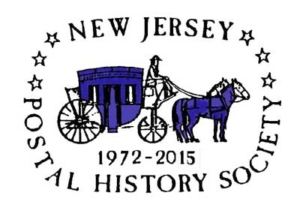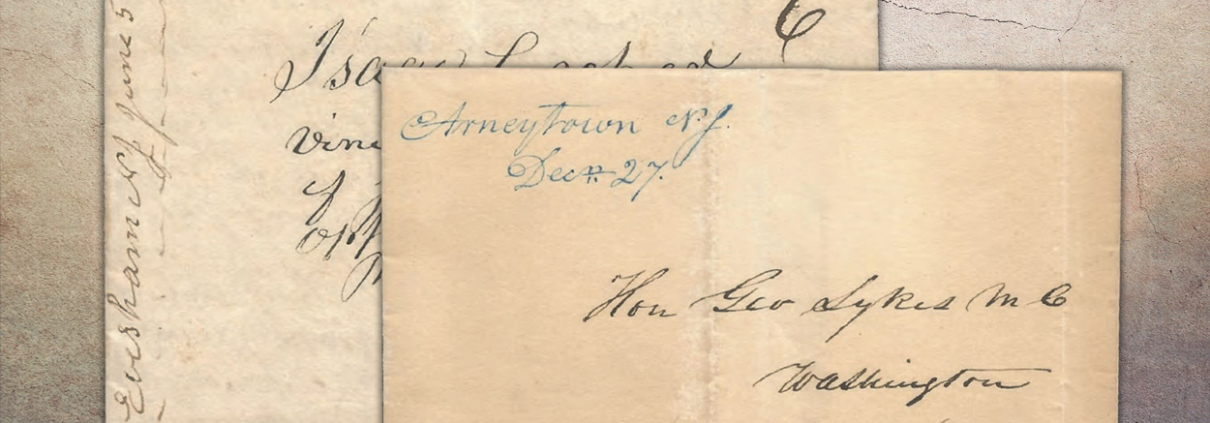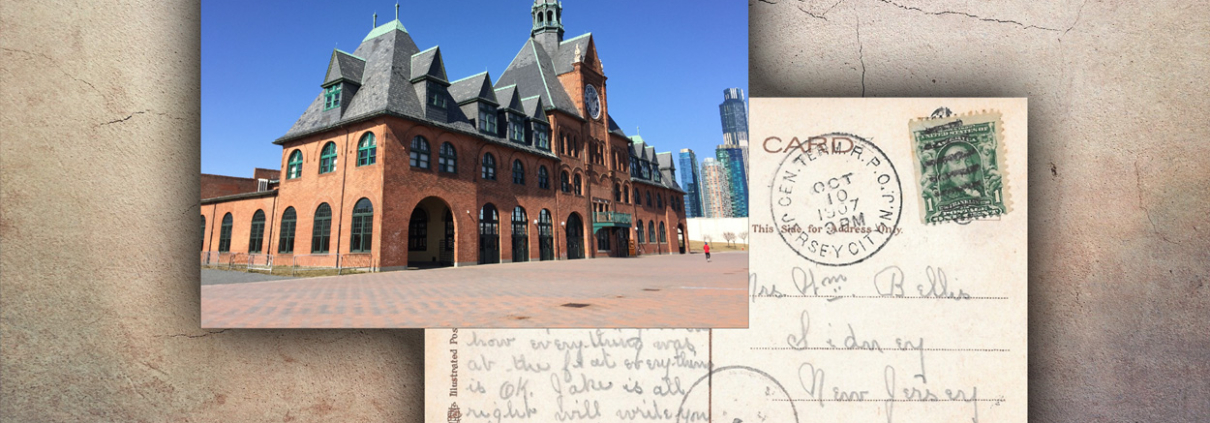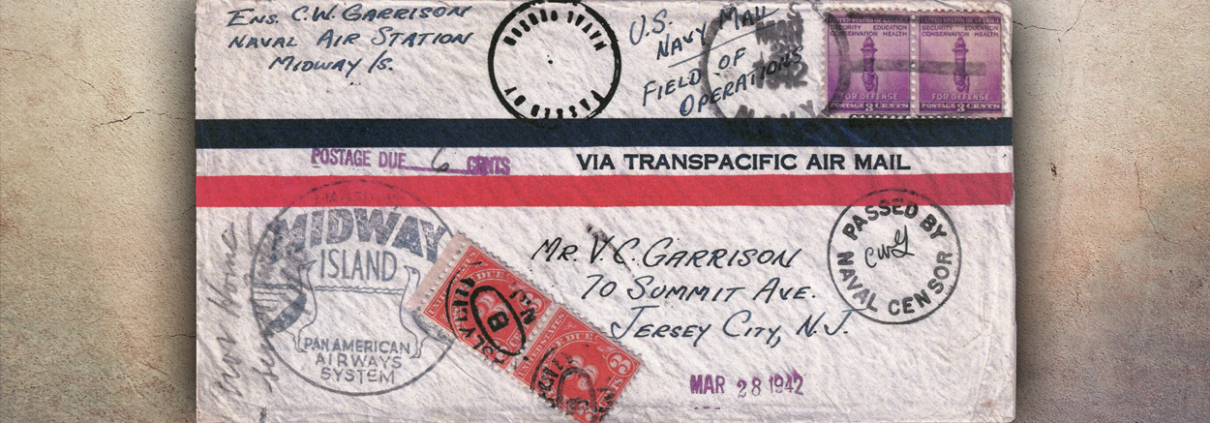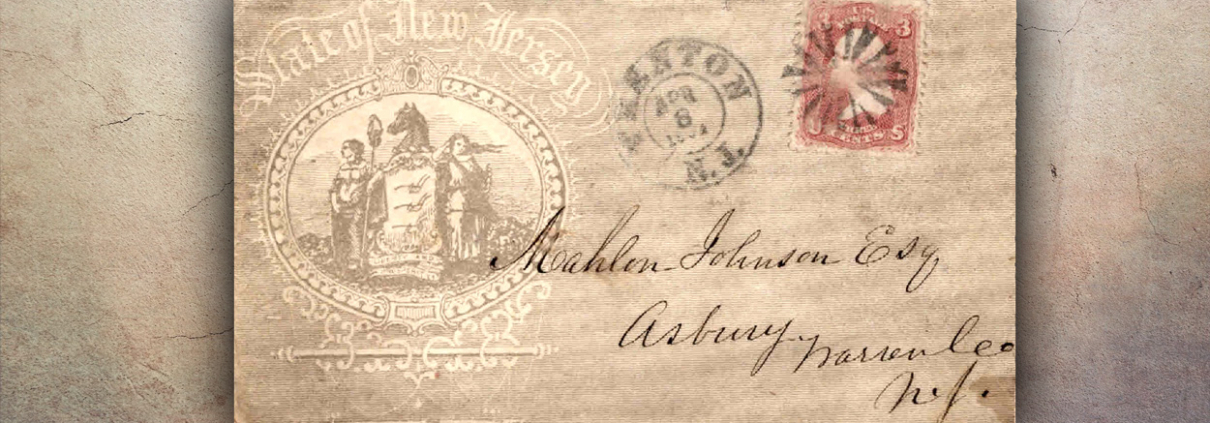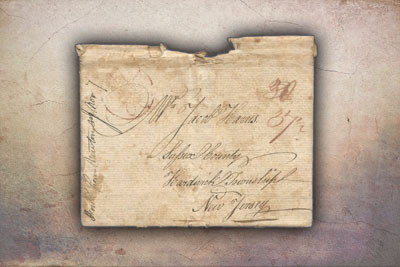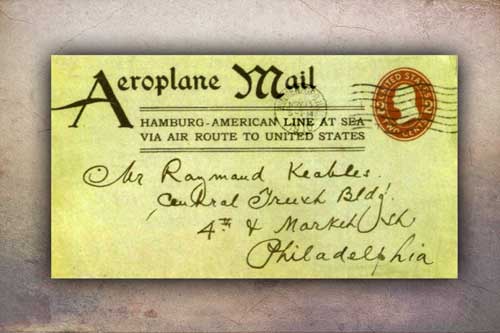TWO EARLY BURLINGTON COUNTY STAMPLESS COVERS: Two New Jersey Postal Prodigals Return
By Arne Englund
The two manuscript-cancelled New Jersey stampless covered in this article have several things in common. Arneytown and Evesham, New Jersey are both located in Burlington County, Arneytown in North Hanover Township and Evesham in Evesham Township. Both are DPOS (Discontinued Post Offices). Both contain Quaker dating, one in the letter’s dateline and the other in the docketing. And both were originally bought by me in the mid-1970’s, later sold, and much later reacquired by me separately after they spent time in several other collections and dealer stocks…
